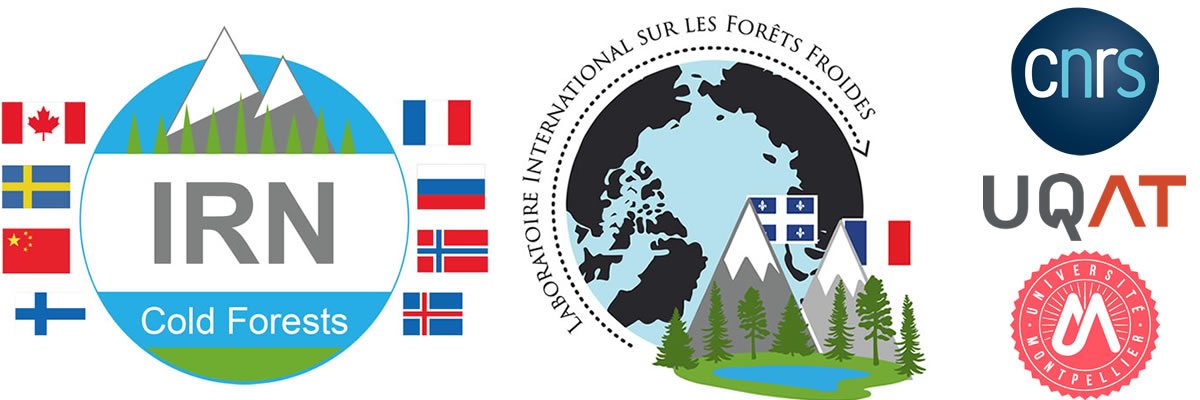2019 joint publications for partners of the IRN on Cold Forests
Vulnerability of conifer regeneration to spruce budworm outbreaks in the eastern Canadian boreal forest
Lavoie J, Girona MM, Morin H (2019)
Forests, doi:10.3390/f10100850
Post-cutting mortality following experimental silvicultural treatments in unmanaged boreal forest stands
Girona MM, Morin H, Lussier JM, Ruel JC (2019)
Frontiers in Forests and Global Change, doi:10.3389/ffgc.2019.00004
Tree-rings reveal accelerated yellow-cedar decline with changes to winter climate after 1980
Comeau VM, Daniels LD, Knochenmus G, Chavardès RD, Zeglen S (2019)
Forests, doi:10.3390/f10121085
Monthly adaptations of the Drought Code reveal nuanced fire–drought associations in montane forests with a mixed-severity fire regime
Chavardès RD, Daniels LD, Eskelson BNI, Pickell PD (2019)
International Journal of Wildland Fire, doi:10.1071/WF18119
Stronger influence of anthropogenic disturbance than climate change on century-scale compositional changes in northern forests.
Danneyrolles V, Dupuis S, Fortin G, Leroyer M, de Römer A, Terrail R, Vellend M, Boucher Y, Laflamme J, Bergeron Y, Arseneault D (2019)
Nature Communications, 1-7. doi: 10.1038/s41467-019-09265-z
=> Nature.com
Application and evaluation of the dendroclimatic process-based model MAIDEN during the last century in Canada and Europe.
Rezsöhazy J, Goosse H, Guiot J, Gennaretti F, Boucher E, André F, Jonard M (2019)
Climate of the Past, 1–25. doi: 10.5194/cp-2019-140
=> semanticscholar.org
Lacustrine charcoal peaks provide an accurate record of surface wildfires in a North European boreal forest
Gwenaël Magne, Benoît Brossier, Emmanuel Gandouin, Laure Paradis, Igor Drobyshev, Alexander Kryshen, Christelle Hély, Samuel Alleaume, Adam A Ali.
DOI : 10.1177/0959683619887420
=> journals.sagepub.com
Integrating species-specific information into models enhances regional projections within the context of climate change
Cécile C. Remy, Dan J. Krofcheck, Alisa R. Keyser, Marcy E. Litvak,Scott L. Collins and Matthew D. Hurteau
=> agupubs.onlinelibrary.wiley.com

